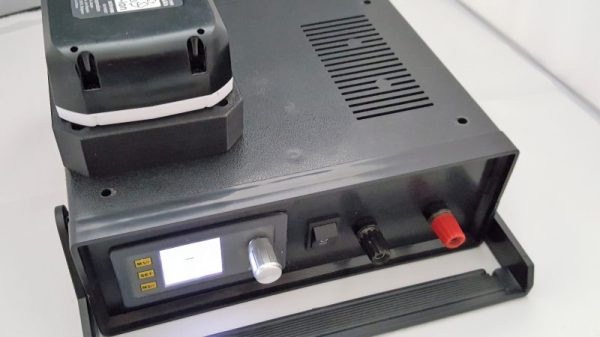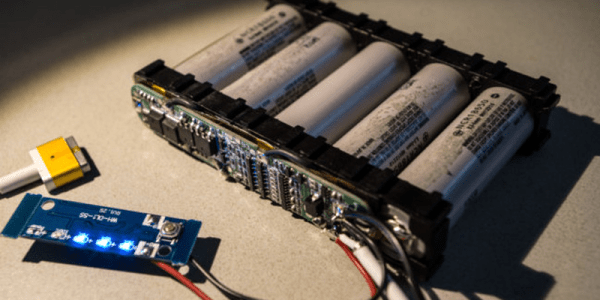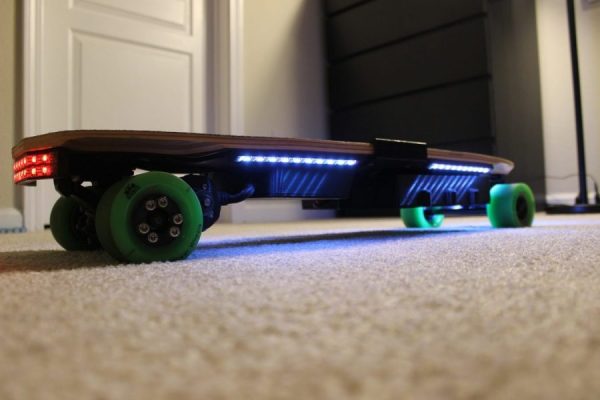Electric vehicles are getting more traction these days, but this trend is rolling towards us in more ways than just passenger vehicles. More and more bikes are being electrified too, since the cost of batteries has come down and people realize that they can get around town easily without having to pay the exorbitant price to own, fuel, and maintain a car. Of course there are turnkey ebikes, but those don’t interest us much around here. This ebike from [Andy] is a master class in how to build your own ebike.
Due to some health issues, [Andy] needed a little bit of assistance from an electric motor on his bike, but found out that the one he wanted wouldn’t fit his current bike quite right. He bought a frame from eBay with the right dimensions and assembled the bike from scratch. Not only that, but when it was time to put the battery together he sourced individual 18650 cells and built a custom battery for the bike. His build goes into great detail on how to do all of these things, so even if you need a lithium battery for another project this build might be worth a read.
If you’ve never been on an electric bike before, they’re a lot of fun to ride. They’re also extremely economical, and a good project too if you’re looking for an excuse to go buy a kit and get to work. You can get creative with the drivetrain too if you’d like to do something out of the box, such as this bike that was powered by AA batteries and a supercapacitor.



















